The Barclay brothers today completed a stunning and complex deal to take majority ownership of the Maybourne Hotel Group, which owns Claridge’s, The Berkeley and the Connaught hotels, as explained by Property Week.
The billionaire brothers today completed the purchase of €800m of loans secured against Maybourne from the Irish National Asset Management Agency, which means they are now the majority equity and debt holder for the group.
At the same time as working on this debt deal, the Barclays have been working to take a majority stake of the equity in the company. They have now completed deals with Malaysian investment fund 1MDB and Abu Dhabi investment fund Adar to buy loans secured on the Maybourne equity stake of Derek Quinlan, one of Maybourne’s original investors.
This has allowed to them take control of Quinlan’s equity in Maybourne, giving them a 64% stake in the company.
They have bought the debt at par, and are now the main lender to the group as well, and are understood to control at least 90% of the group’s loans.
The other 34% of Maybourne is owned by Irish developer Paddy McKillen, one of the original investors in the consortium that bought the business.
He is now left in a difficult position. Pre-emption rights in Maybourne’s ownership structure mean that the Barclays have right of first refusal if he wants to sell some or all of his stake, so he is unable to bring in a white knight to try to keep control of the group.
And with the Barclays having bought the debt from NAMA, he cannot refinance the business and tighten his grip through the company’s debt. He either keeps a passive stake in the business, or makes the Barclays an offer to sell his equity, giving them full control.
It is thought that McKillen could launch a legal challenge to the sale of the debt or equity in Maybourne, and last year he challenged the transfer of loans secured against his assets to NAMA, a challenge which saw the agency chose not to transfer his debts.
Maybourne’s complex ownership structure is born out of the Irish property and debt boom of the first half of the last decade, and the interconnected nature of its key players.
Maybourne was created when a consortium of Irish for investors bought the Savoy Group in 2005 for £750m from Blackstone. The consortium included former tax inspector Quinlan and Riverdance creators Moya Doherty and John McColgan and developer Paddy McKillen.
The deal was funded with £660m of debt from a consortium of banks including Anglo Irish Bank and Bank of Ireland. The clubby nature of the Irish investment and banking market at the time was highlighted when former Anglo Irish chief executive and chairman Sean Fitzpatrick revealed in a memoir last year that he had stepped in to take an equity stake in the syndicate for a short space of time in order to get the deal over the line and then sold it on almost immediately.
The consortium immediately sold on the Savoy for around £250m, and the intention was to sell of the other hotels at a big profit, but a disagreement among the members about whether it was more profitable to sell or hold the assets lead to their retention.
The credit crunch took hold and any sale was put on ice, but in the meantime, Ireland’s banking system collapsed, NAMA was created to cleanse its banks of toxic property loans, and in December 2010, the loans secured against Maybourne’s assets matured after attempts to refinance them failed.
Throughout this year, the Barclays have been buying an equity position in the company, buying SPVs that own stakes in the business in order to get round the company’s pre-emption rules.
The price they have paid for the equity is not known. The last accounts filed for Maybourne, for 2009, showed the three hotels having a value of £665m, just above the debt.
The value is likely to have increased strongly, but even if they paid a premium for the equity and bought the company’s debt at par, they are still likely to turn a profit on the deal – one hotel expert told Property Week that Maybourne’s value was likely to be well over £1bn once the ownership structure was cleared up, especially once the Ritz hotel was added to the business.
It is not known how the Barclays have financed the deal. They could conceivably have paid for NAMA’s debt using cash, raised debt against another part of their portfolio, or raised new debt secured against Maybourne.
What looks likely is that the canny, longsighted brothers have succeeded in pulling off one of the most complicated deals of the downturn, where many other investors hit a wall.























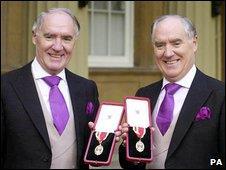
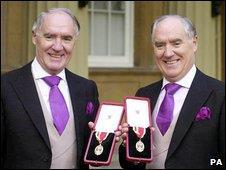
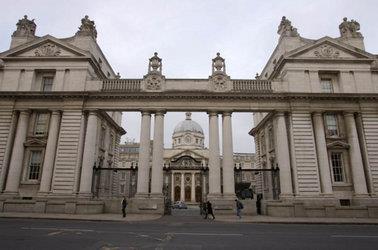
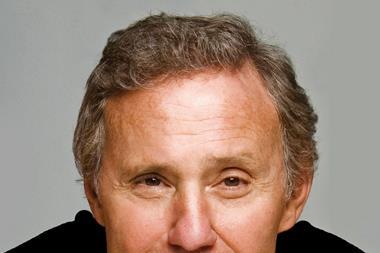

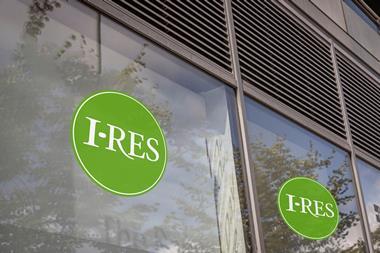
No comments yet